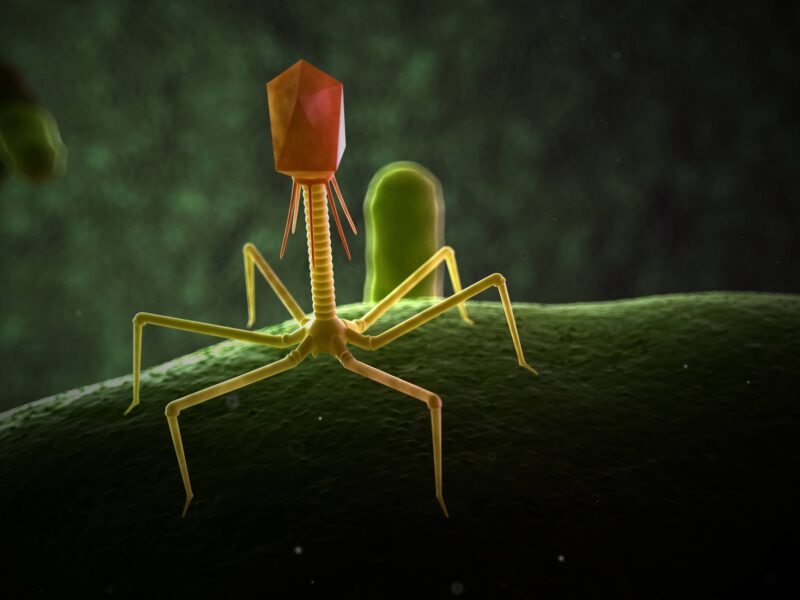Keep Kids Water Safe This Summer

With temperatures hitting triple digits and children anxious to be outside, swimming pools, lakes, beaches and water parks will be seeing more activity as water-related recreational opportunities again become more available.
But along with social distancing and taking other safety precautions related to COVID-19, Texas A&M AgriLife Extension Service experts say people need to remember the importance of water safety, especially for younger children.
Children depend on adults for protection, instruction
According to Safe Kids Worldwide, drowning is the leading cause of unintentional and preventable death in children ages 1-4. Children in this age range are more likely to drown in a pool, while children five and older are more likely to drown in open water, such as a lake, creek or river. The risk of drowning in open water increases with age.
Brad Urbanczyk, assistant director of environmental health and safety supporting Texas A&M AgriLife, said whether it’s a backyard pool or the ocean, parents can help ensure their children are protected by following some basic safety tips:
— Always keep children within an arm’s reach. Pay close attention to a child’s whereabouts if near water and avoid any personal distractions.
“It’s difficult not to be distracted, but when there’s a child around water, especially a toddler, bad things can happen in a matter of seconds,” Urbanczyk said. “It’s important to avoid any distractions, especially since a small child can drown in as little as an inch of water.”
— Give children swimming lessons as soon as they are ready. This is dependent on age, physical development and the frequency with which the child is expected to be in or around water.
“Parents can begin introducing their children to water as early as six months old,” he said.
— Teach children essential survival skills, such as floating to treading water, staying close to the shore, being able to return to the surface after getting in water over their head, turning in circles to find an exit, and how to properly exit the water.
Urbanczyk said it is especially important to teach children to swim with an adult, whether in a pool or open water.
“From the first time you teach your children to swim, make sure they know to never go near water unless an adult is with them,” he said. “Even older, more experienced swimmers should still swim with a partner to help ensure their safety, especially in open water.”
Young people who plan to swim in open water need to be taught about sharp or uneven surfaces, marine life, riptides, currents, undertow and other possible dangers that may cause drowning, he said.
Be aware of surroundings when swimming
Cari Snider, AgriLife Extension specialist and program director of the Texas 4-H Conference Center in Brownwood, said the center offers both pool and open water activities, making the teaching of safety a top priority.
“Those swimming in open water should only swim in designated areas and be aware of both water and weather conditions before getting in,” Snider said. “Be vigilant and watch the weather as you swim as it can be dangerous to swim while it’s raining or if there is a thunderstorm in the area. Also be aware of boats and other swimmers in the area.”
Snider also recommended small children wear a personal flotation device if in open water as boat traffic may cause wakes that are tall enough to submerge a smaller swimmer.
“Among the suggestions we have for those using public or community pools is that you choose one that offers adult supervision or has a trained lifeguard on duty,” Snider said. “Before letting them go into a public or community pool or even a home swimming pool, children should be taught how to exit a pool without using the ladder in case there’s a situation in which they need to exit the pool immediately.”
Children also need to know about the risks of being entangled in or trapped by a drain grate or suction outlet in a pool, she said.
“Regularly check to make sure drain covers are secure and have no cracks,” she said. “And replace flat drain covers with dome-shaped ones as children are less likely to get stuck in them. Other protective measures include anti-entrapment drain covers and a safety vacuum release system in the event someone becomes entrapped.”
Snider also said one of the best things a parent or guardian can do to help protect a child in the event of a water-related emergency is to learn CPR.
“A number of locations, including the Red Cross, hospitals, fire departments and recreation departments offer CPR training,” she said. “Learn CPR and have your children learn it as well. It will provide peace of mind and is a skill that could someday save a life.”
This article by Paul Schattenberg originally appeared on AgriLife Today.





